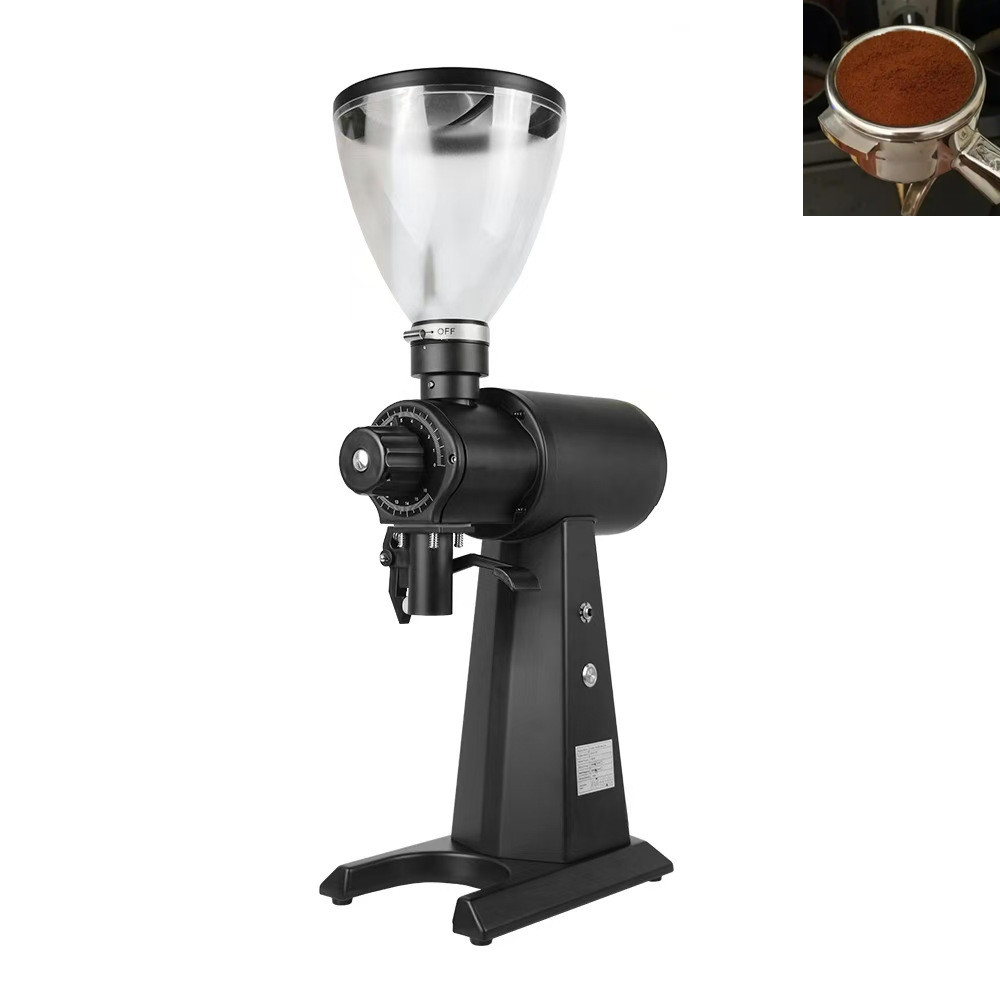In a home setting, the selection of a coffee grinder should take into account budget, ease of operation, flavor reproduction and the diversity of usage scenarios. The following provides practical purchasing suggestions based on core needs.
First, clarify the core demand: the key contradiction in the household scenario
Flavor Pursuit vs. Operational Threshold
Flavor priority: It is necessary to choose a model that can stably output uniform particles (such as conical knife/ghost tooth grinding core) to avoid the bitterness caused by fine powder.
Convenience first: Hand-cranked grinders or low-noise electric grinders are more suitable for a fast-paced life, but they need to accept flavor compromises.
Single brewing method vs. Multi-scenario adaptation
Single-purpose (such as hand rinsing only) : You can choose the high-end hand grinder (such as Comandante C40), which is cost-effective and portable.
Multi-scenario adaptation (Italian + hand rinse + cold extraction) : It is necessary to select an electric mill with a wide range of grinding degree adjustment (such as Niche Zero, Baratza Sette 270Wi).
Second, Key parameter analysis and Pitfall Avoidance Guide
Cutter head type and grinding uniformity
Cone knife: Low fine powder rate, suitable for hand brewing/cold extraction (such as Niche Zero’s 63mm cone knife).
Ghost teeth: Regular particle shape, prominent sweetness (such as Comandante’s 48mm steel ghost teeth).
Avoid pitfalls: Do not choose ceramic flat knife grinders (such as Hario Mini Slim), as they are prone to wear and contain a lot of fine powder.
Grinding degree adjustment accuracy
Stepless adjustment: Suitable for multi-scene switching (such as the fine-tuning knob of Niche Zero).
Step adjustment: It is necessary to select a model with dense step gears (such as the 270 gear of the Baratza Sette 270Wi).
Motor performance and noise
Dc motor: Low noise and less heat generation (such as the 54mm flat knife of Sage Smart Grinder Pro + DC motor).
Avoiding pitfalls: Avoid choosing models with AC motors and plastic gears (such as the early version of Porlex Mini), as they are prone to powder jamming and have a short lifespan.
Residual powder rate and cleaning
Single-dose design: Reduce oxidation of residual powder (such as the single-dose funnel of DF64).
Easy-to-disassemble and clean structure: Such as the magnetic upper knife head of Niche Zero, cleaning is completed in 30 seconds.
Third, usage tips and maintenance suggestions
Grinding degree calibration
After receiving the new machine, test the fine powder rate of hand grinding with a standard sieve (such as 600μm). If it is greater than 15%, please contact after-sales service.
Reduce electrostatic caking
Add 2-3 grains of rice (non-GMO) to the coffee beans and grind them, or spray the cutter head with anti-static spray.
Cleaning cycle
Clean the remaining cutter head with a brush every week and disassemble the upper cutter head for deep cleaning every month (models such as Niche Zero support tool-free disassembly).
Storage method
To prevent the grinder from getting damp, when it is not in use for a long time, it is recommended to take out the bean compartment and let it idle for 10 seconds to drain the residual powder.
Fourth, Summary
The principle of avoiding pitfalls:
Reject “fake electric grinders” (such as modified hand-cranked grinders with motors);
Be vigilant against “false parameter marking” (such as claiming to support Italian but actually having insufficient rotational speed);
Stay away from “one-off designs” (such as low-cost models with non-detachable cutter heads).
Through scientific selection and reasonable maintenance, home grinders can stably output coffee flavors comparable to those in coffee shops, making a cup a day a pleasure rather than a compromise.


